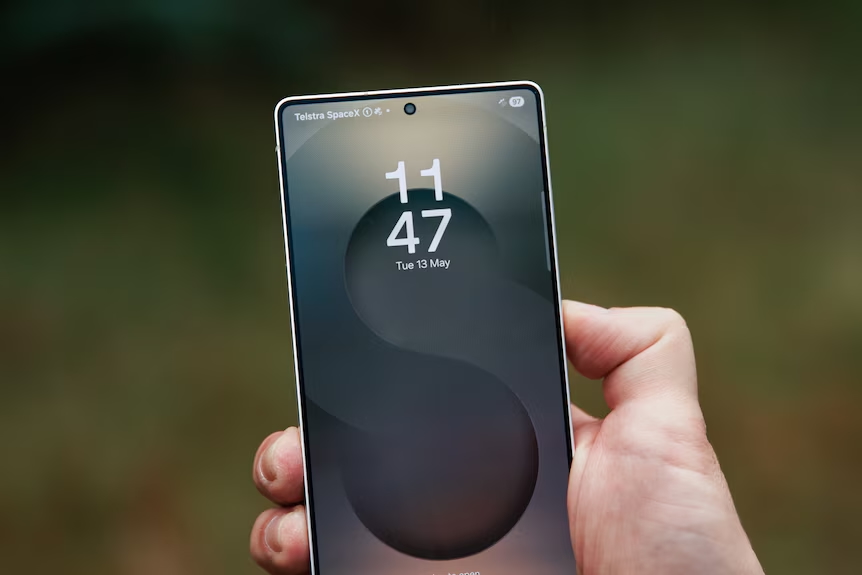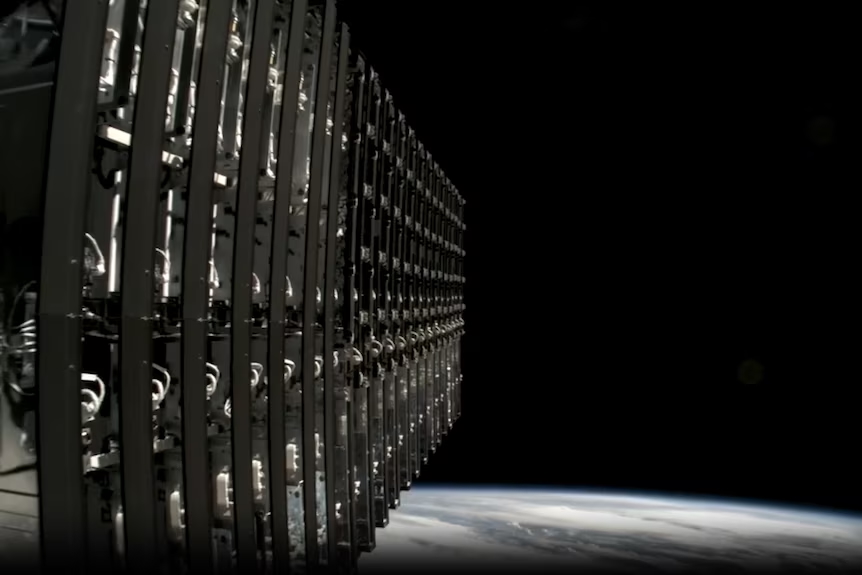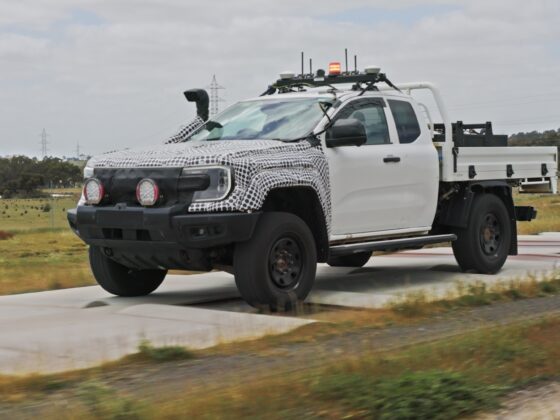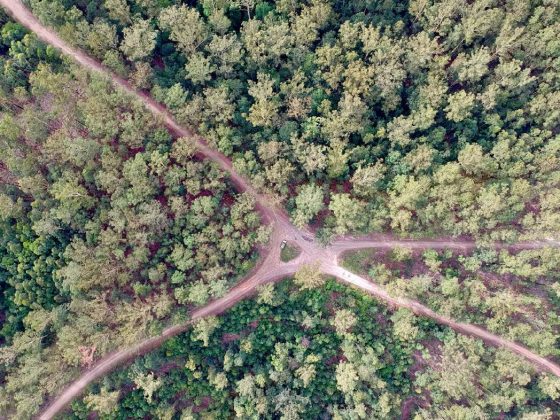In a move that could change the way Aussies stay safe and connected in the bush, Telstra has just launched Australia’s first direct-to-satellite text messaging service, and while it’s a long way from perfect, it’s also a big step forward for anyone heading off the grid.
Using low-Earth-orbit satellites (LEOsats) via a partnership with SpaceX’s Starlink, Telstra’s new tech will let users send and receive SMS messages even when they’re completely out of mobile range with no need for bulky satphones, spot trackers, or external antennas.

What’s the catch?
At the moment, it’s only available on the Samsung Galaxy S25 (so if you’re still running a dusty S10 with a cracked screen, you’re out of luck), and the service is limited to text messages only. No calls, no photos, no triple-0.
It also won’t work if you’re in a gully, under heavy tree cover, or can’t see a clear patch of sky. And even when it does connect, the message might take a few minutes to send, depending on satellite positioning.
But still, it’s a taste of what’s coming.
Telstra says more devices (including iPhones) are on the way, and that voice calling via satellite is expected by 2027. There are also no extra charges for the text service. It’ll be bundled into standard postpaid plans.
Why it matters for 4X4ers
If you’ve ever broken down, lost GPS signal, or had an emergency out past the black stump, you’ll know how bloody isolating it can feel. This kind of tech could be the difference between a cold night in the swag or getting the help you need when something’s gone pear-shaped.
Mining and exploration crews are already buzzing about the potential, and solo tourers, grey nomads and remote station workers should be too. Even just a basic text saying “all good” or “send help” is a game-changer when you’re a few hundred kays from the nearest phone tower.

What’s next?
Other telcos like Vodafone and Optus are also working on their own satellite plans, and the federal government has hinted that satellite texting might become part of Australia’s universal mobile service obligation by 2027, meaning it could be a requirement for all telcos to offer it alongside mobile and fixed-line services.
That would make Australia the first country in the world to legally require nationwide satellite coverage. And while the technology still has a few teething problems (patchy results in the US have been reported), it’s improving fast.
For now, it’s a promising start. It won’t replace a PLB or a full satphone setup for serious expeditions just yet. But it might make your next solo trip into the desert a whole lot less risky.














1 comment
We had 3 iPhones on the CSR last week that all had coverage. Another was on a pre paid plan and didn’t have access.